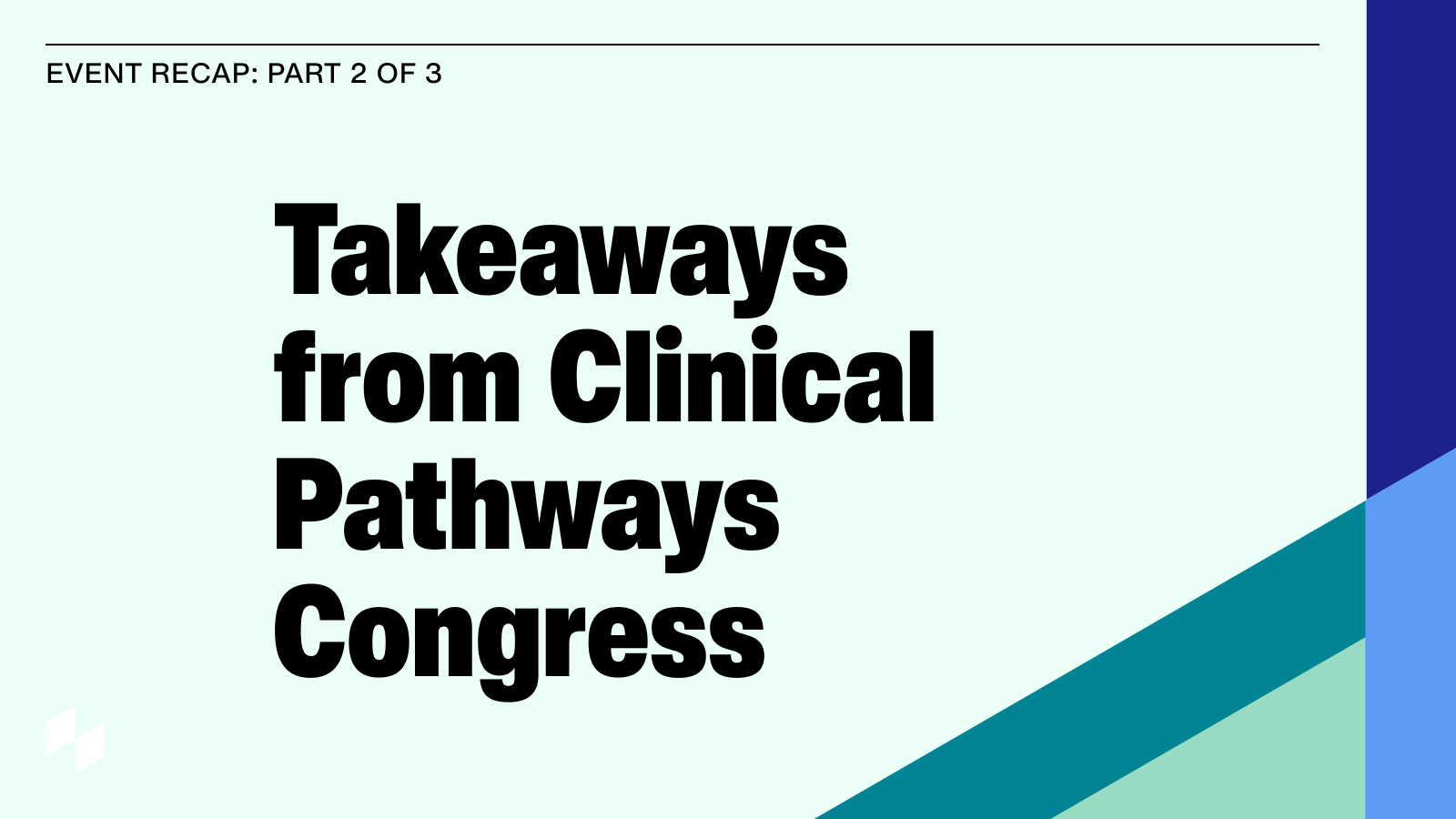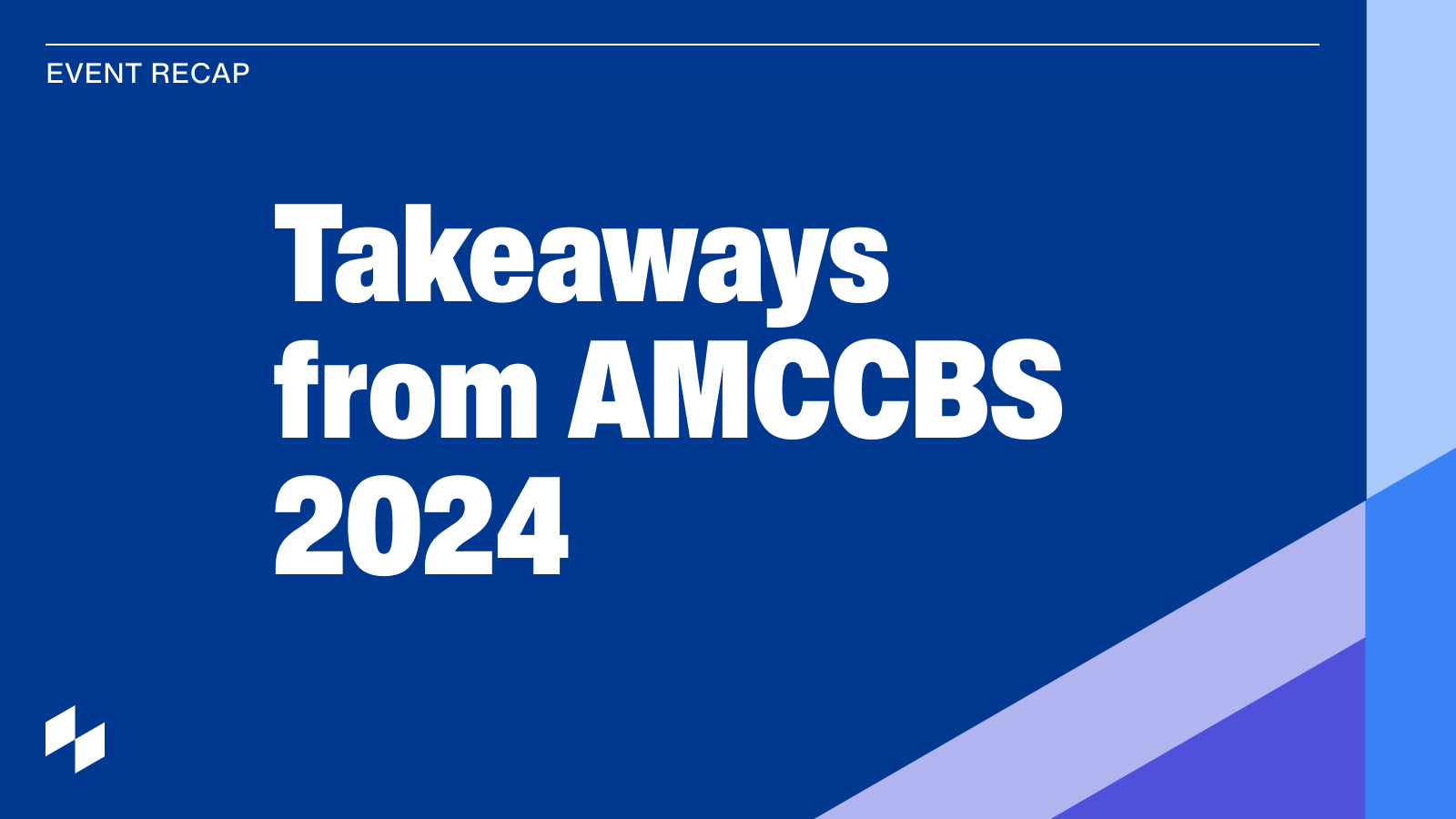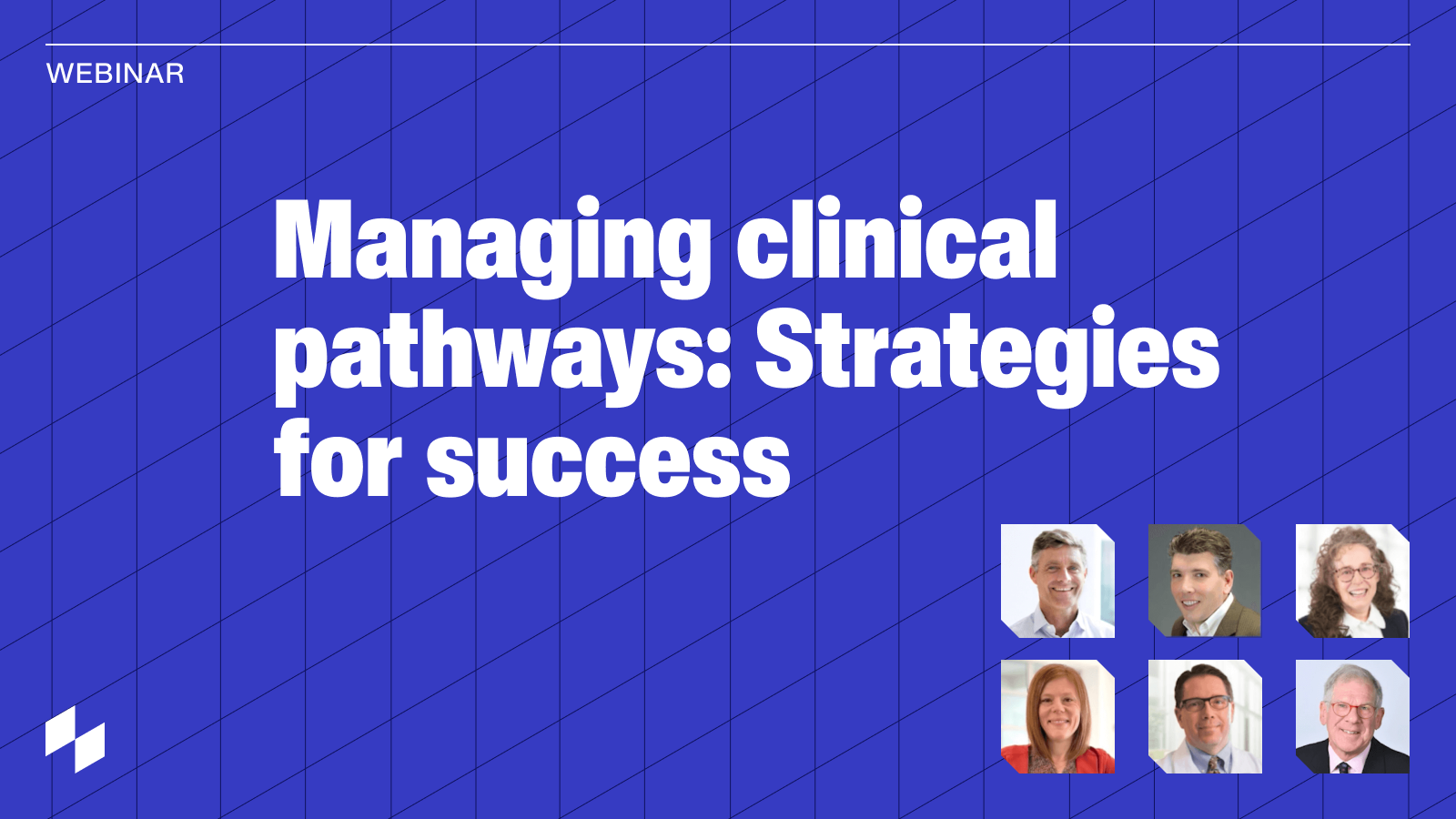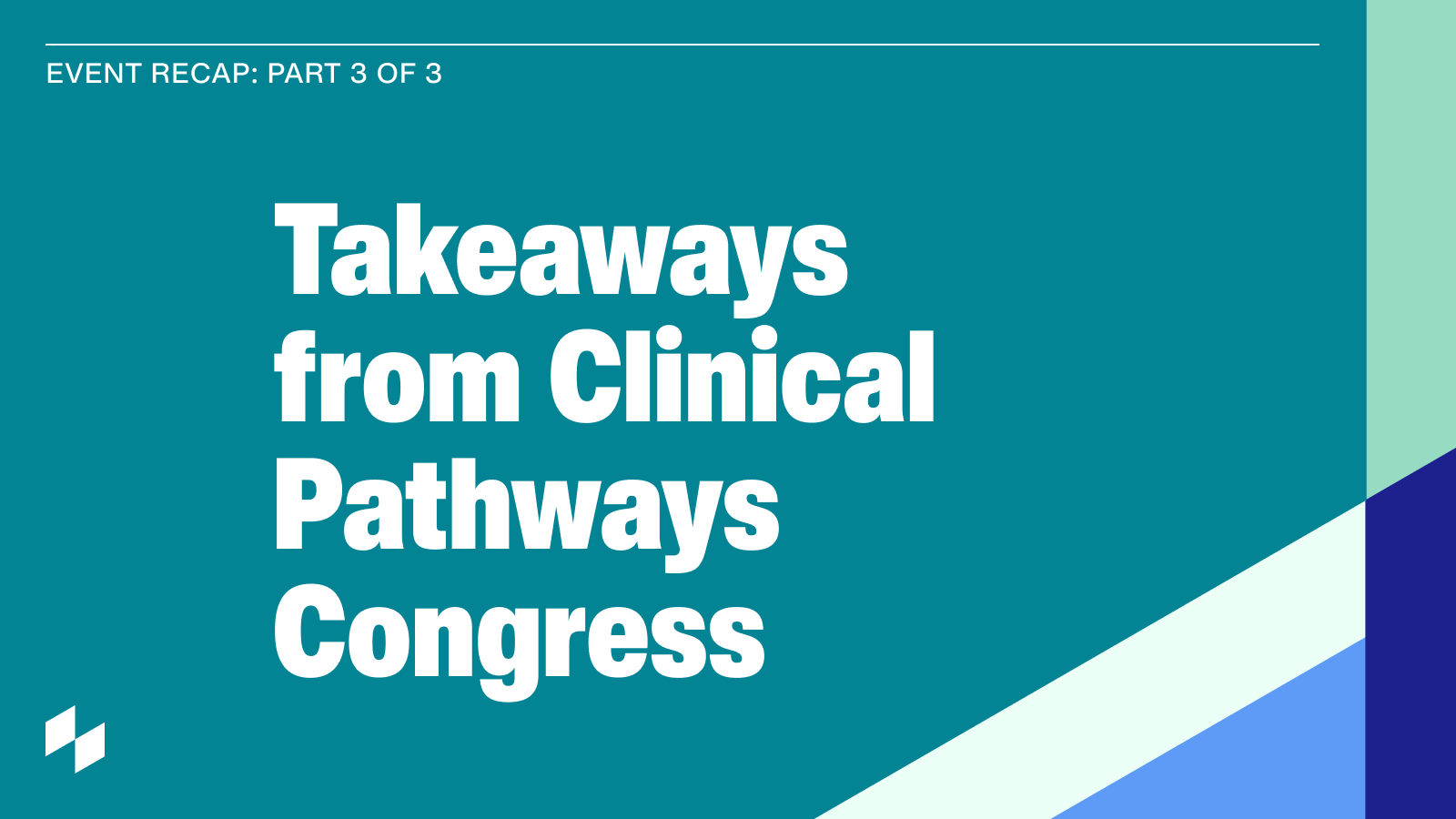Treating cancer requires a careful balancing act between personalization and standardization.
With the help of real-world data and decades of scientific research, we now have treatment guidelines and clinical pathways that are highly specific to an individual’s genetic mutations, socioeconomic risks, and other clinical history, yet are standardized enough to help guide clinical decision making on the population level.
One challenge that community oncology faces today is ensuring that providers have access to workflow-friendly tools that can surface the most appropriate therapy suggestions for each of their patients while taking into account the myriad financial and administrative factors that contribute to successful treatment.
Since these elements can vary from site to site and payer to payer, cancer centers need clinical decision support (CDS) tools that are up-to-date with the latest clinical evidence and precision medicine, but also incorporate site-specific preferred treatment pathways to ensure that care can be delivered in an affordable and timely manner.
I had the opportunity to present at this year’s Clinical Pathways Congress in Boston on Flatiron Assist™, a CDS tool that offers these capabilities and more, with robust clinical decision support that is highly customizable to a cancer center’s site-specific preferences. With more than 700 medical oncologists placing over 84,000 orders through the Flatiron Assist™ platform, let’s explore what happens when cancer centers embrace data-driven CDS at the point of care.
Managing the complexity of cancer care with treatment pathways
Accelerated innovation over the past five to ten years has dramatically improved cancer outcomes but it has also rapidly increased the complexity of clinical decision making. As a result, cancer centers have been investing in pathways to clarify the research and guide clinicians toward the most appropriate choices; however, due to the breadth of available information and updates, clinicians often struggle to find the time to keep everything up-to-date on top of their full workloads. It is estimated that 43% of cancer centers are behind on clinical pathway updates, which can reduce the value of their investments and leave clinicians without the support they need.
Community cancer centers understand the importance of leveraging standardized pathways to provide evidence-based, equitable care, but they need a partner to manage the enormous influx of data and the challenging task of turning complex pathways into simple, accessible insights for providers.
Equipping clinicians with custom content for informed decision making
Flatiron Assist™ surfaces NCCN® Guidelines for 26 diseases that cover 90% of orders. These guidelines are continually updated within the platform to ensure access to the latest information.
At the same time, cancer centers can create custom treatment pathways and regimens to meet cancer center or payer preferences, including cases in which fully customized options aren’t needed, but there are no current NCCN® guidelines applicable to the situation. Flatiron Assist™ can fill in the gaps with site-specific preferences so that clinicians always have relevant information to integrate into their care recommendations.
This strategy can reduce burdens on staff by streamlining prior authorizations, providing up-front drug availability information, and clearly highlighting the most cost-effective treatment options to ensure affordability.
As a result, community oncologists can focus on their patients while gaining confidence in their alignment with the latest knowledge and treatment options for both common and rare conditions.
Driving results with customized CDS at the point of care
Cancer centers that work with Flatiron Assist™ are seeing impactful positive results across their organizations. Flatiron Assist™ users select site-preferred regimens in 84.7% of orders and remain concordant with NCCN Guidelines 88% of the time. Users have also seen a 44% reduction in unique regimens ordered, which may indicate improvements in equitable, appropriate delivery of care across populations.
There are administrative and financial gains, as well. Users report a 2-day improvement in prior authorization approval and a 10% reduction in denial rates, which translates to faster care for patients and enhanced financial sustainability for the organization.
Integrating intuitive, customizable clinical decision support into the workflow with Flatiron Assist™ is having a major impact on how community cancer centers stay on top of the ever-growing complexity of cancer care. By making it easier for oncologists to access the latest insights via customizable pathways, cancer centers can support better experiences for both patients and providers as well as improve financial health for the organization.




